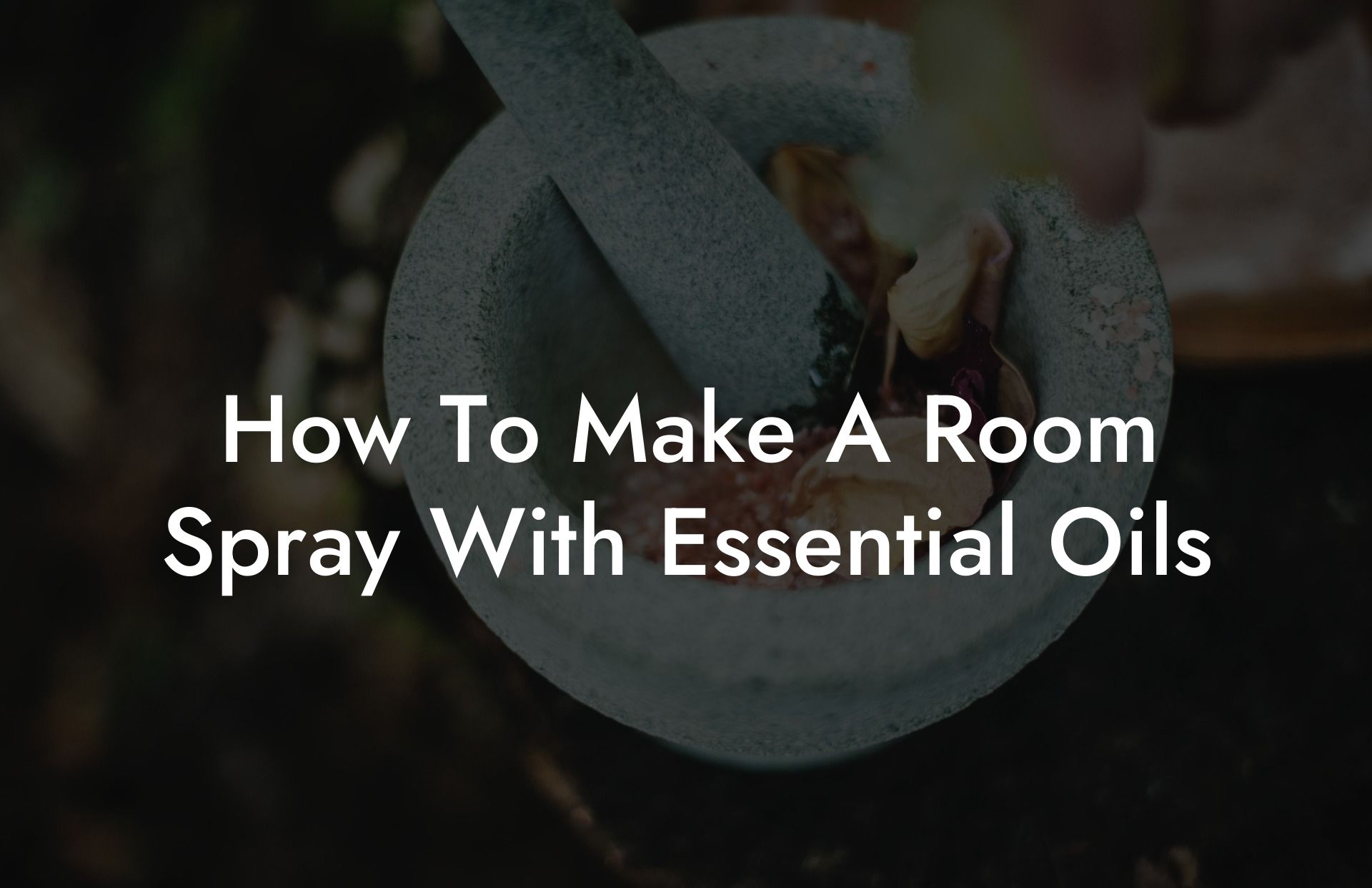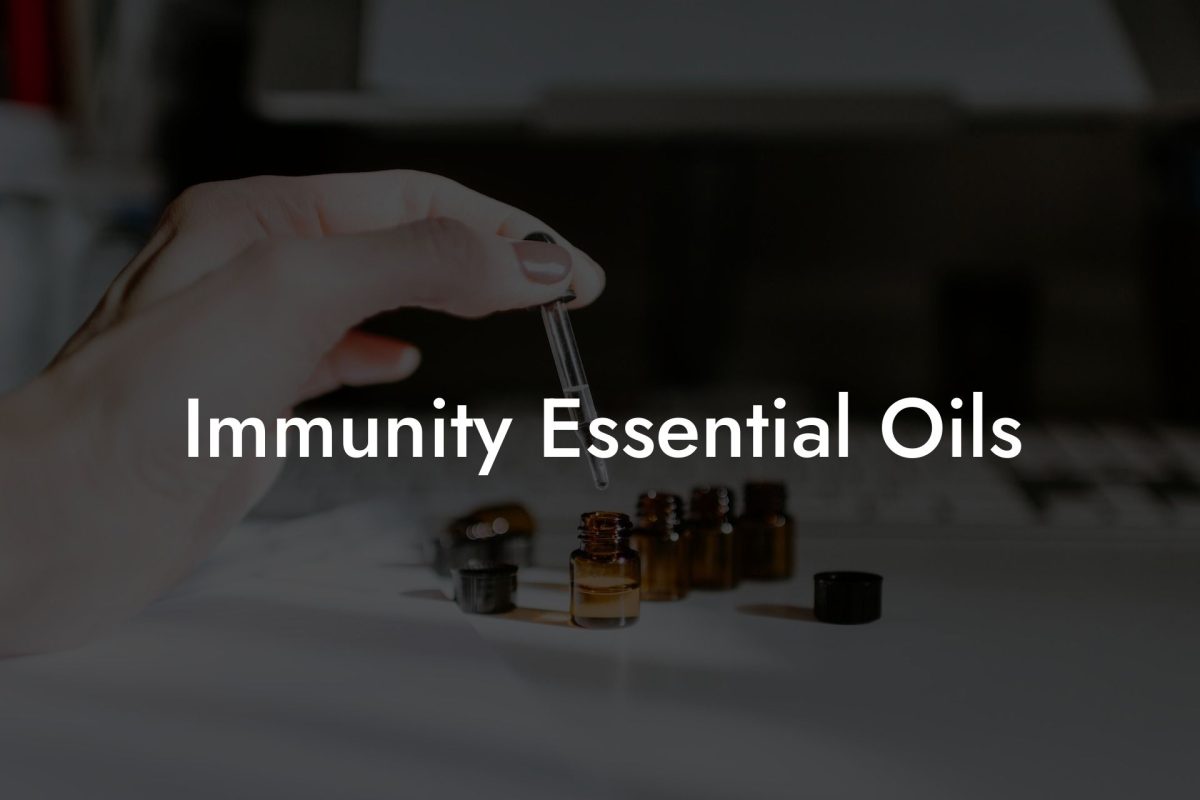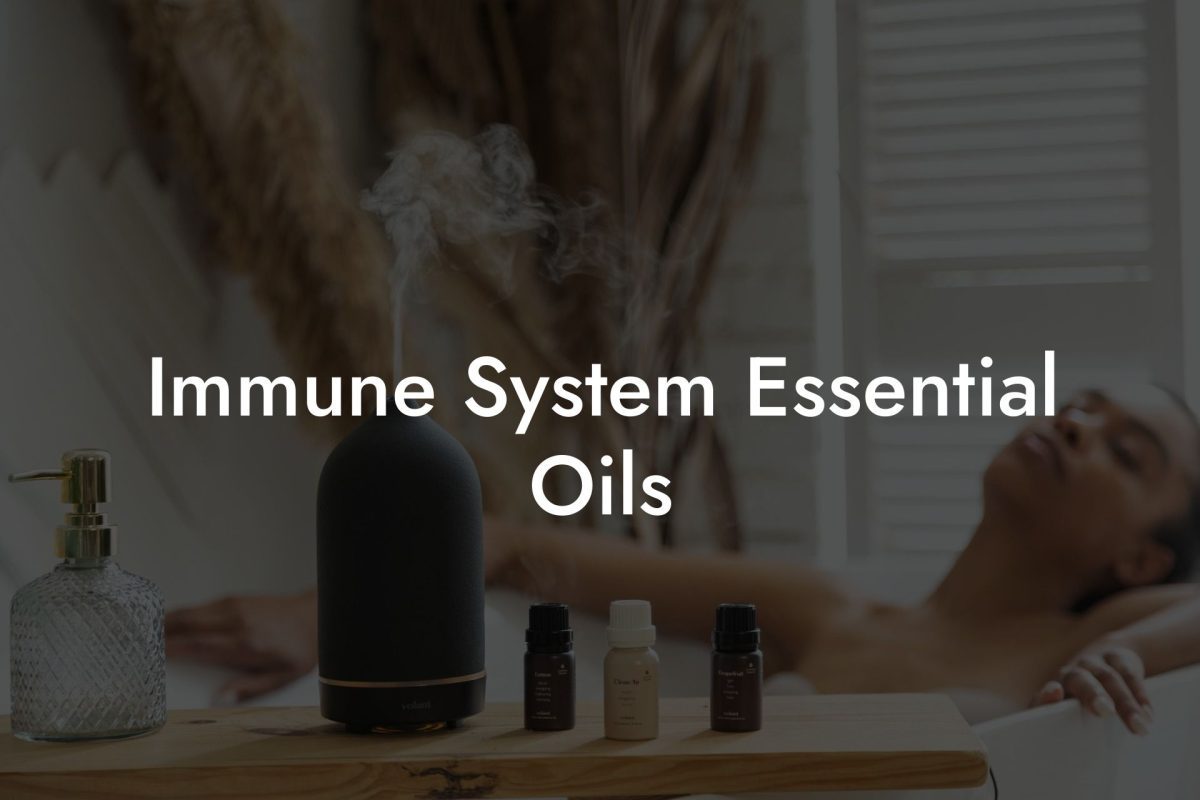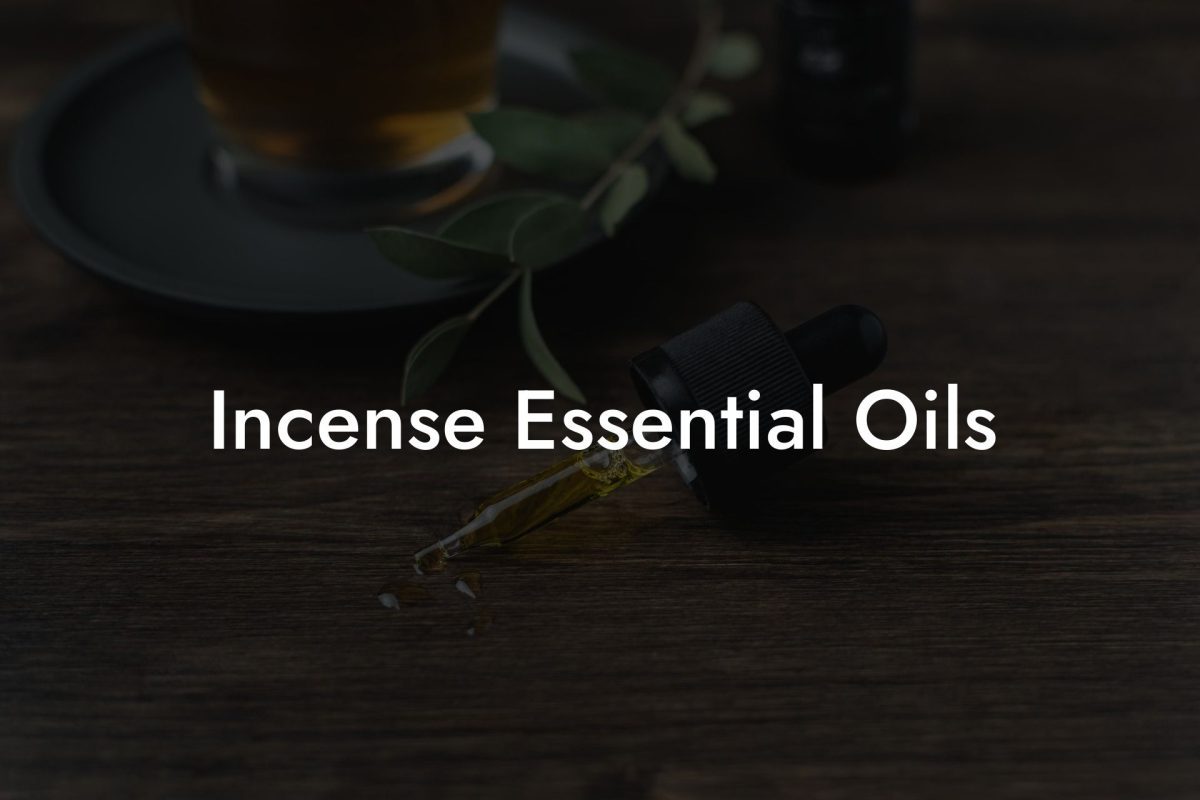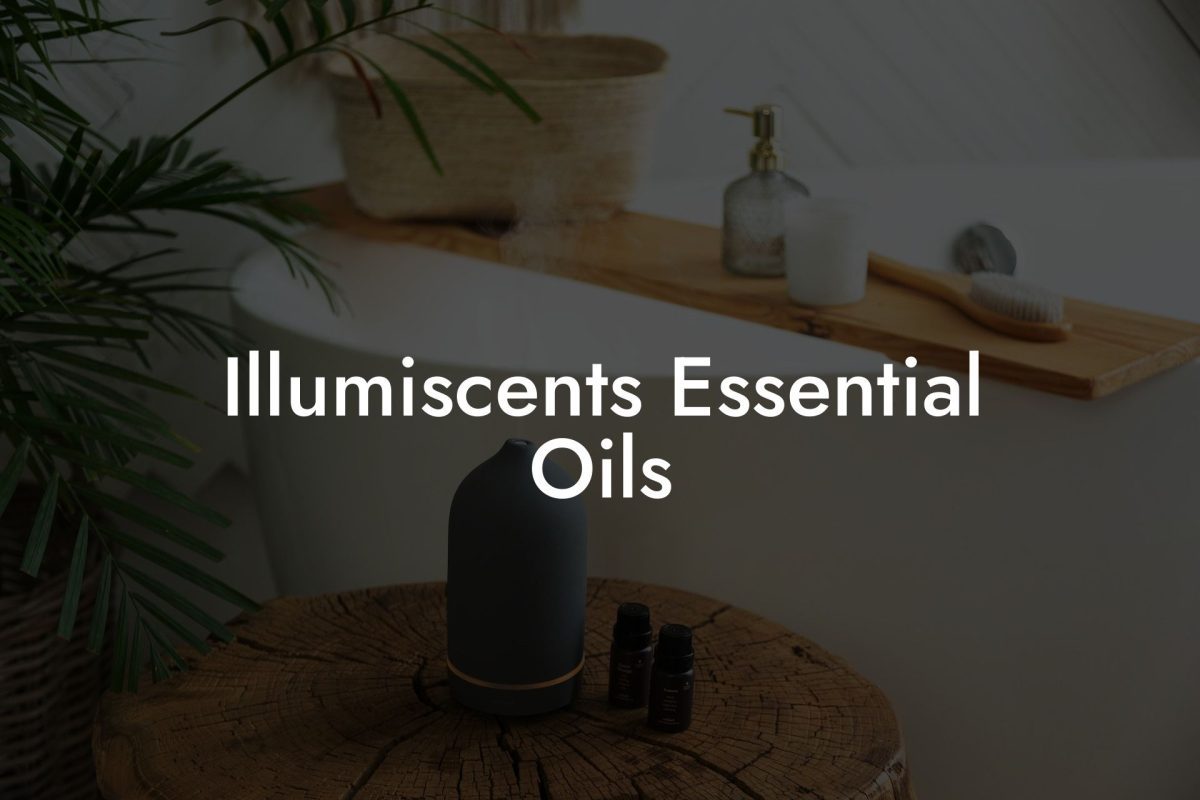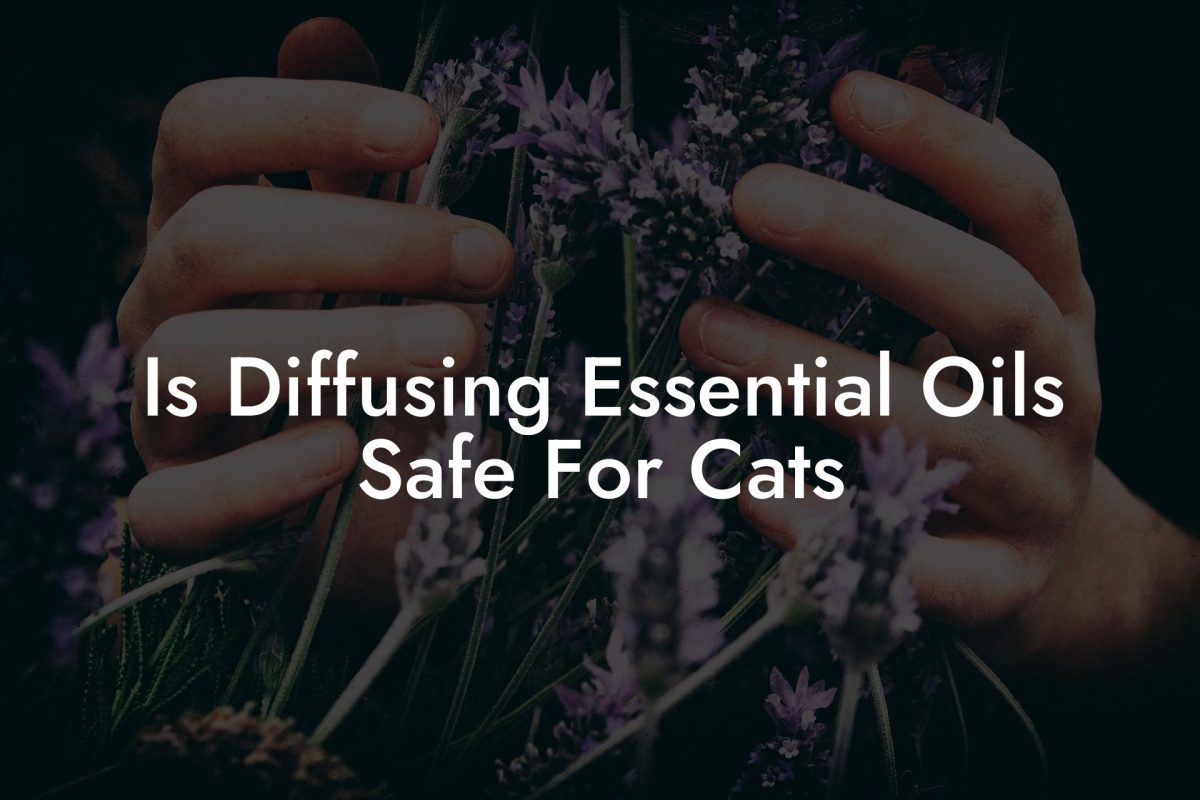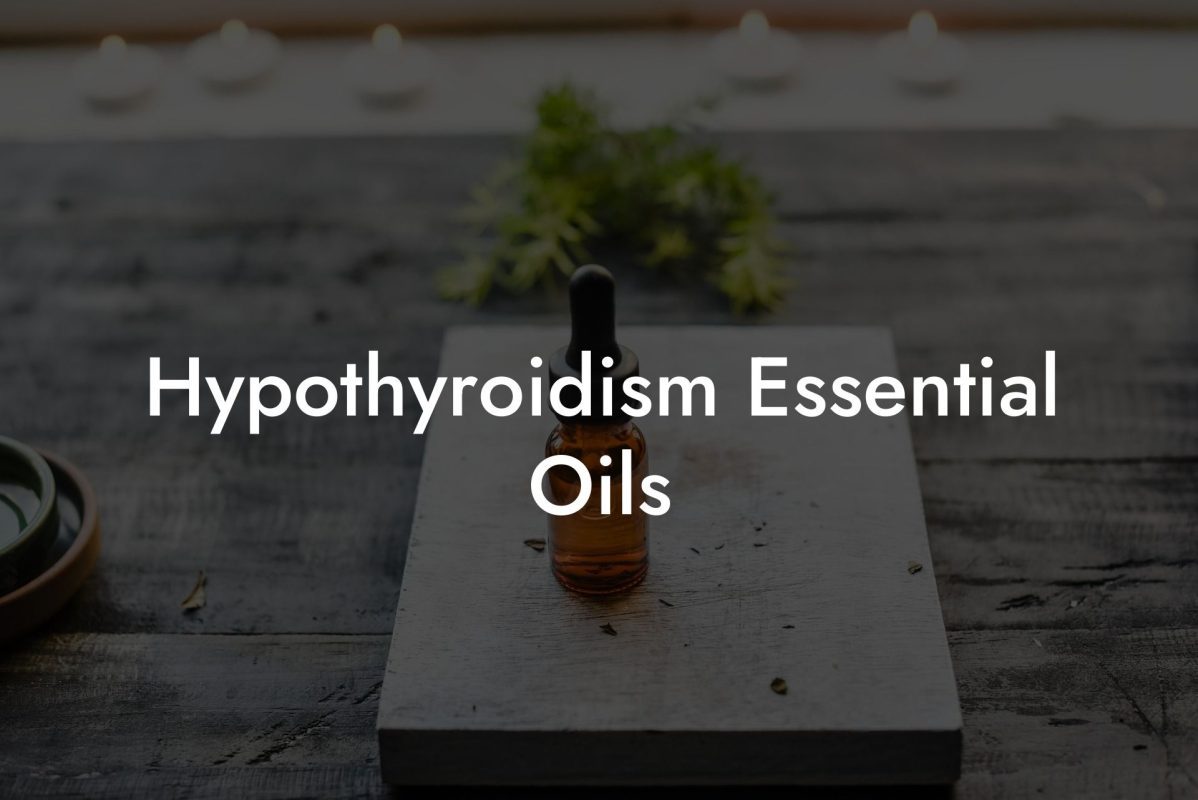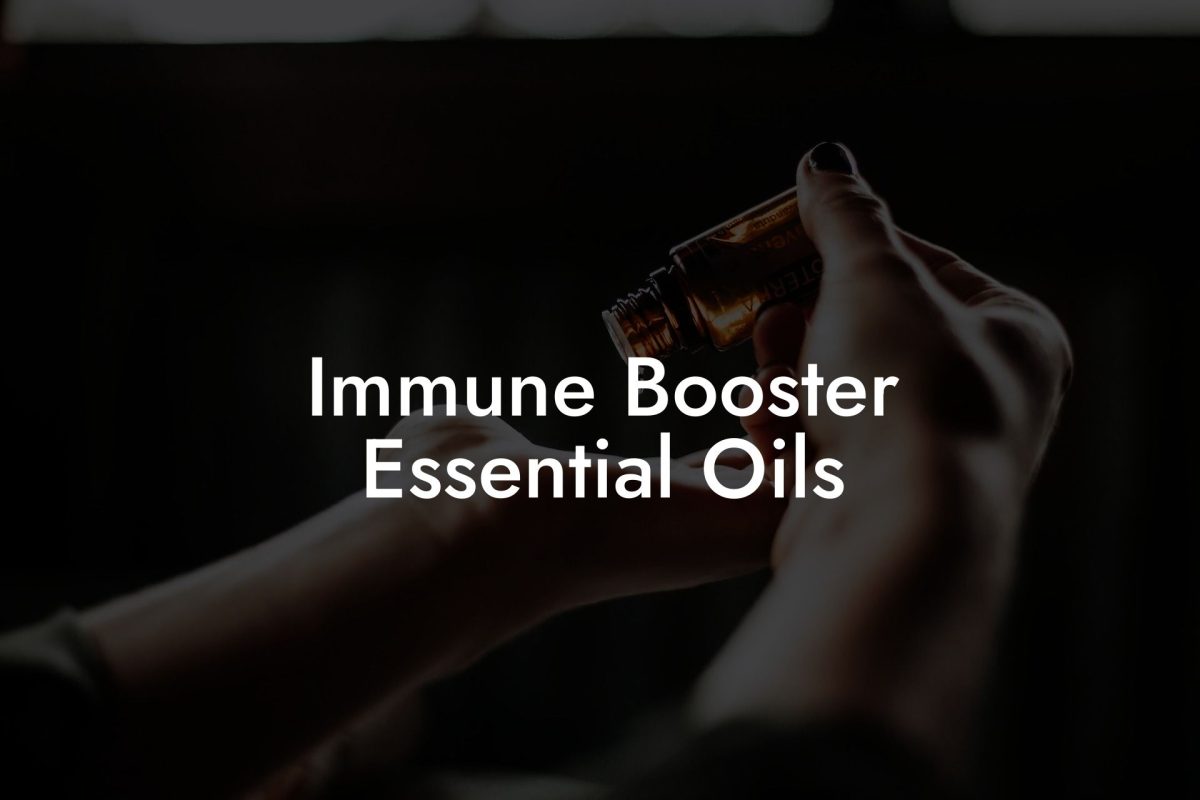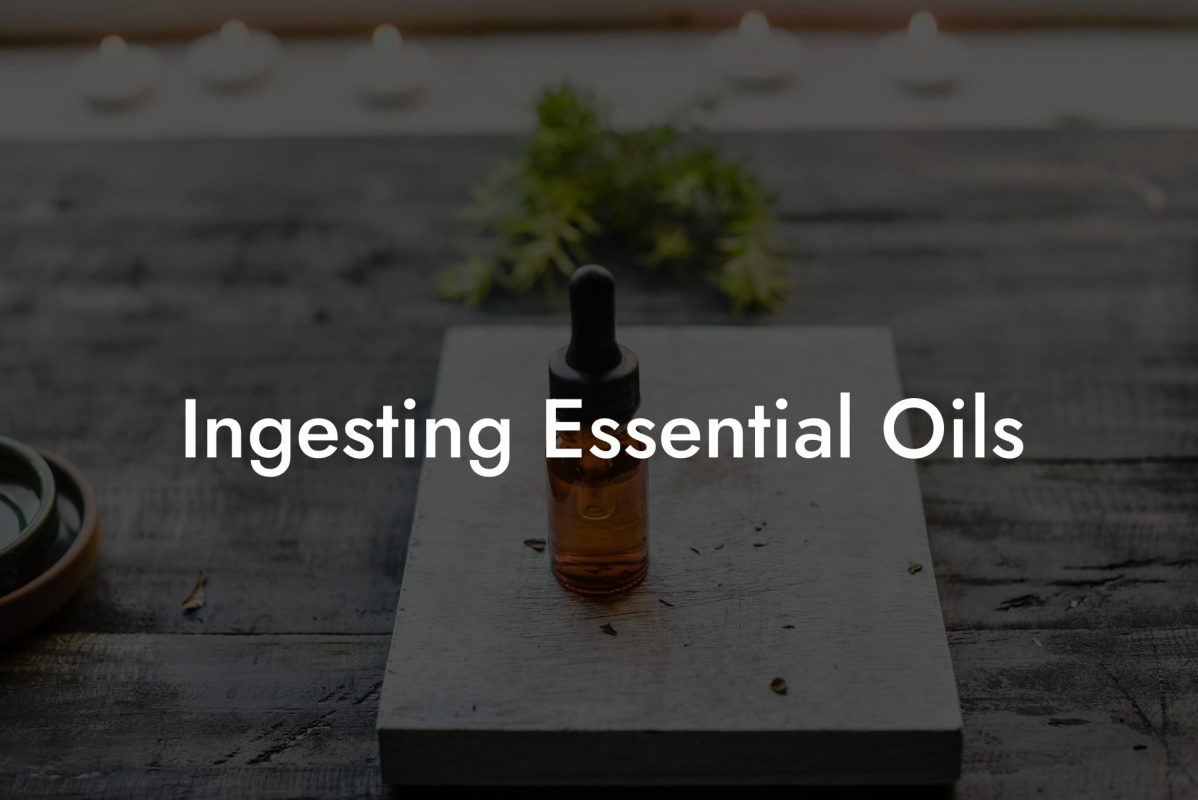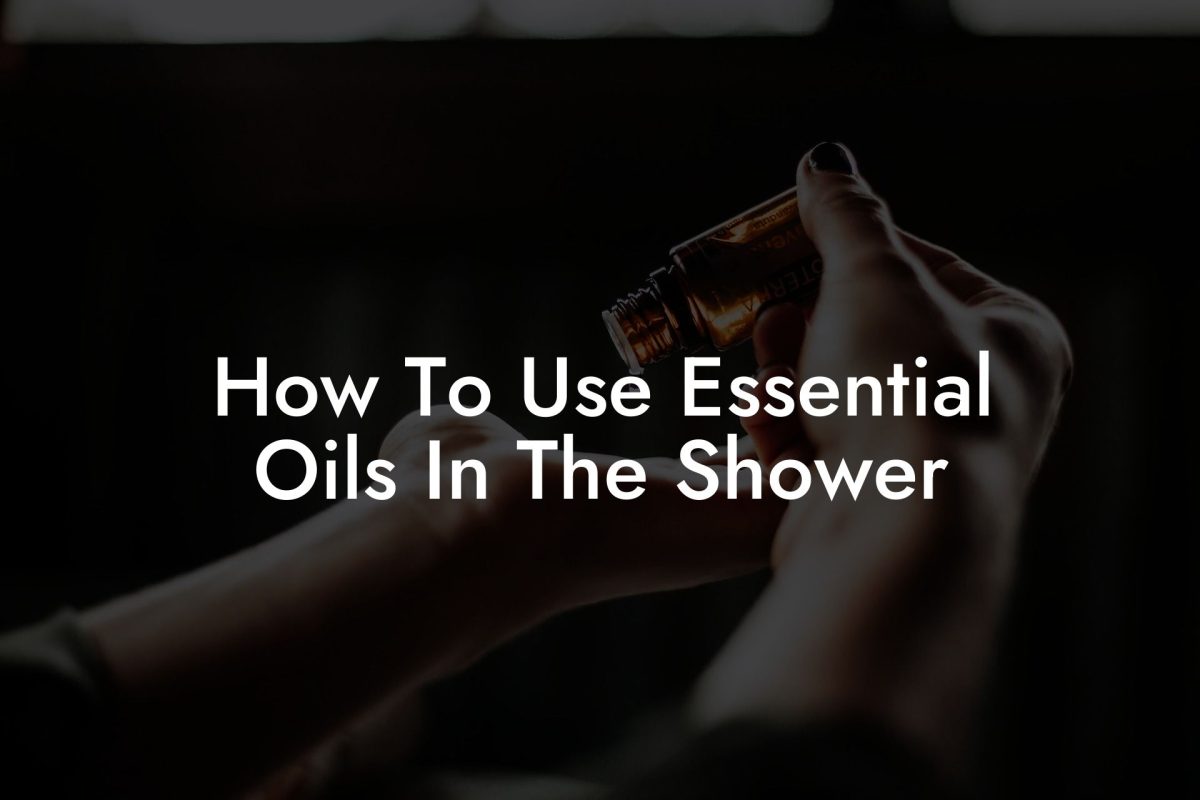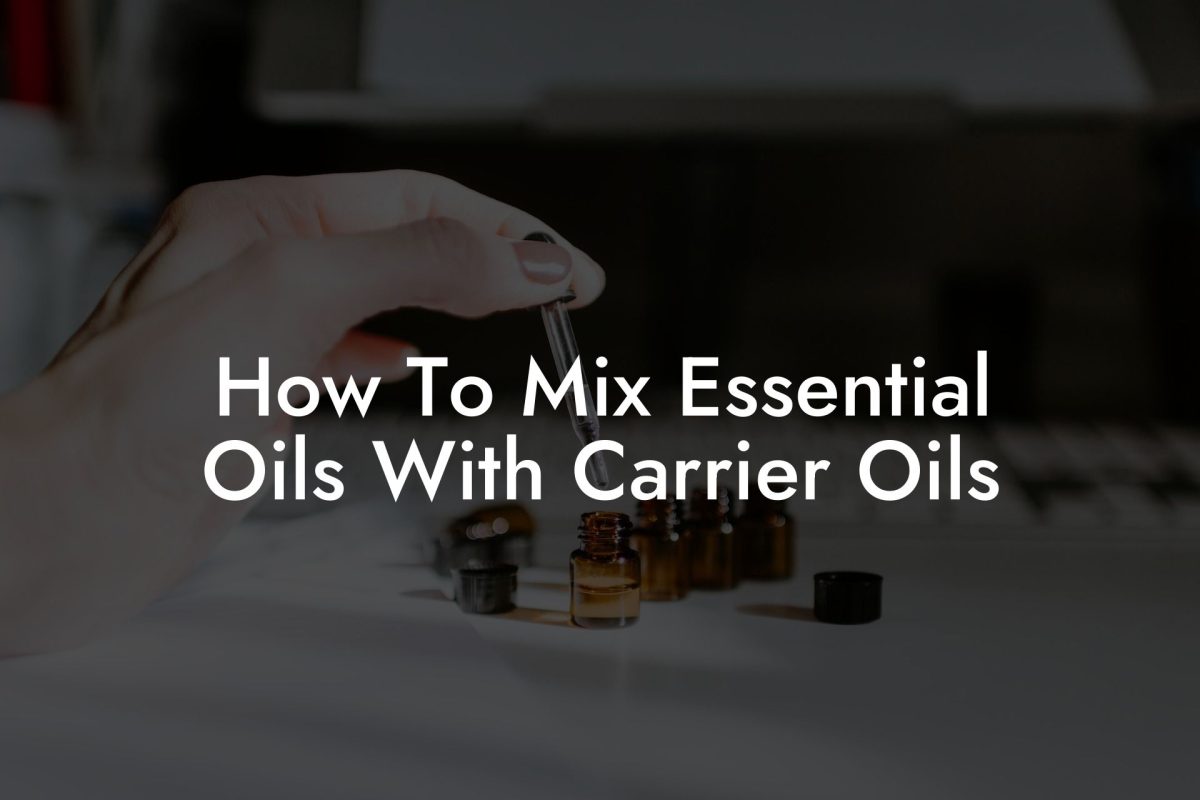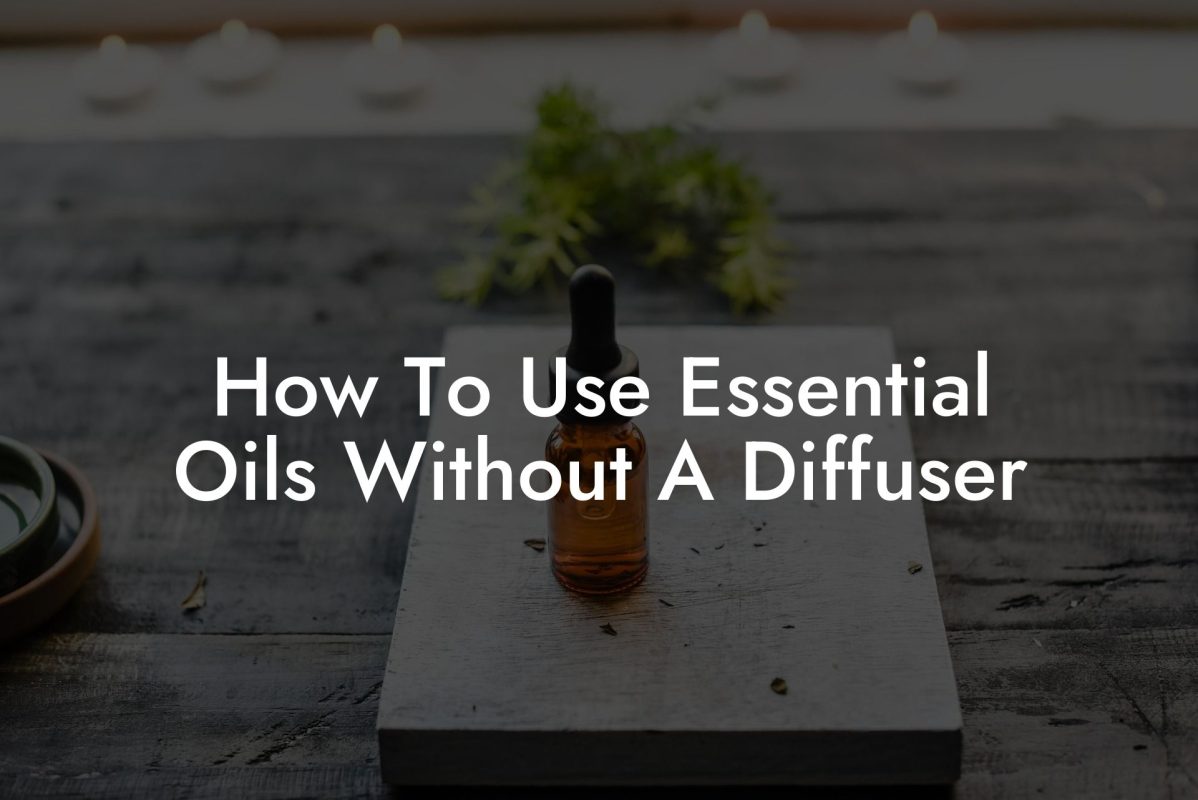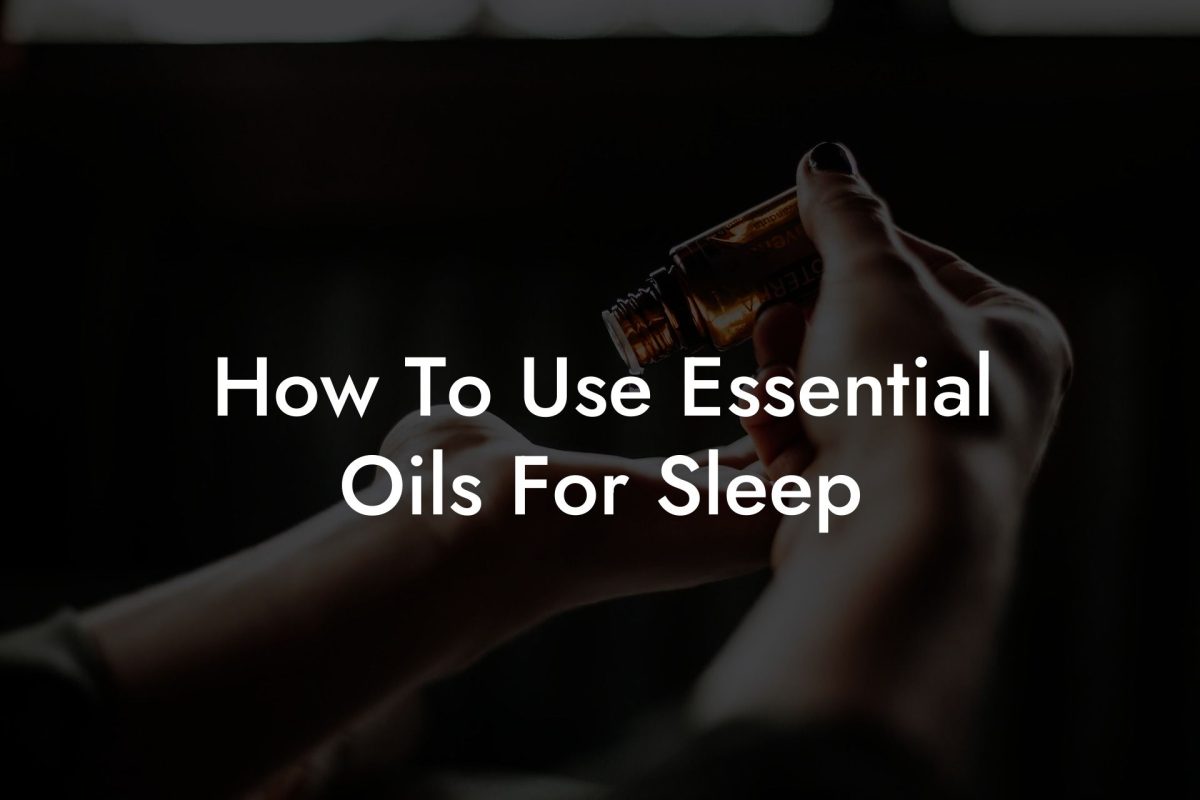Discover the magic of essential oils and learn how to create your own room spray to uplift, calm, and energize your space with this comprehensive guide. From selecting the right ingredients to mastering the art of blending, we’ll walk you through the steps to make your own aromatic elixir with ease.
Table of Contents
Why Use Essential Oils in Room Sprays?
Essential oils offer a natural, chemical-free alternative to conventional room sprays and air fresheners, leaving your home smelling divine and providing a wealth of health and wellness benefits. With their potent therapeutic properties, essential oils can help improve mood, boost energy, promote relaxation, and even improve sleep quality. Plus, they are eco-friendly and customizable, allowing you to create your ideal scent.
Choosing Quality Essential Oils
Ensure you’re using high-quality essential oils in your room spray for the best results. A few things to look out for when choosing essential oils:
- Purity – Ensure oils are 100% pure, without any added fillers or synthetic ingredients.
- Extraction method – Opt for oils extracted through steam distillation or cold pressing.
- Organic – Choose oils that are sourced from organically grown plants to avoid pesticides and chemicals.
- Reputable brand – Invest in essential oils from a trusted brand with transparent sourcing and quality control.
Selecting a Base
While essential oils provide the aromatic part of your room spray, you’ll need to mix them with a neutral base to dilute the oils and help them disperse when sprayed into the air. Options for a base include:
- Distilled water – The simplest and most inexpensive base for your room spray. However, it may not mix as well with essential oils.
- Witch hazel – A natural astringent that helps essential oils dissolve easier and prolongs the scent.
- Vodka or isopropyl alcohol – Like witch hazel, these alcohols help the oils disperse better and evaporate quickly without leaving a residue.
Creating the Perfect Blend
When it comes to blending essential oils for your room spray, the possibilities are endless. Experiment with different combinations to create your desired mood or atmosphere. Here are some popular blends:
- Relaxing Blend: Lavender, chamomile, and bergamot.
- Energizing Blend: Lemon, eucalyptus, and rosemary.
- Calming Blend: Ylang-ylang, frankincense, and cedarwood.
- Cleansing Blend: Tea tree, lemon, and pine.
How to Make a Room Spray with Essential Oils
- Gather your materials – You’ll need a spray bottle, essential oils, a base (distilled water, witch hazel, or alcohol), and a funnel.
- Choose your scent – Select your desired essential oil blend based on your preferences or the atmosphere you want to create.
- Mix your ingredients – Combine the base and essential oils in a spray bottle, using a funnel to minimize spills. A general rule of thumb is to use 10-20 drops of essential oils per 1 ounce of base.
- Shake well – Close the spray bottle and give it a good shake to mix the oils and base together.
- Test and adjust – Spray your new room spray into the air to test the scent strength. If needed, adjust the number of essential oil drops or base volume until you achieve your desired aroma.
How To Make A Room Spray With Essential Oils Example:
For a simple, calming room spray, follow these steps:
- Fill a 4-ounce spray bottle with 2 ounces of witch hazel and 2 ounces of distilled water.
- Add 10 drops of lavender essential oil, 6 drops of chamomile essential oil, and 4 drops of bergamot essential oil.
- Close the spray bottle and shake well to mix the ingredients.
- Spray into the air to create a relaxing atmosphere in your home.
Now that you know how to create your own essential oil room spray, it’s time to let your creativity flow. Experiment with different blends and bases to find the perfect scent for your space. Enhance your overall wellbeing by incorporating aromatherapy into your daily life with Oshu Oils’ range of artisan essential earth oils. Share your newfound knowledge and favorite blends with friends and family, and explore our other guides on essential oils and aromacology for more inspiration.

